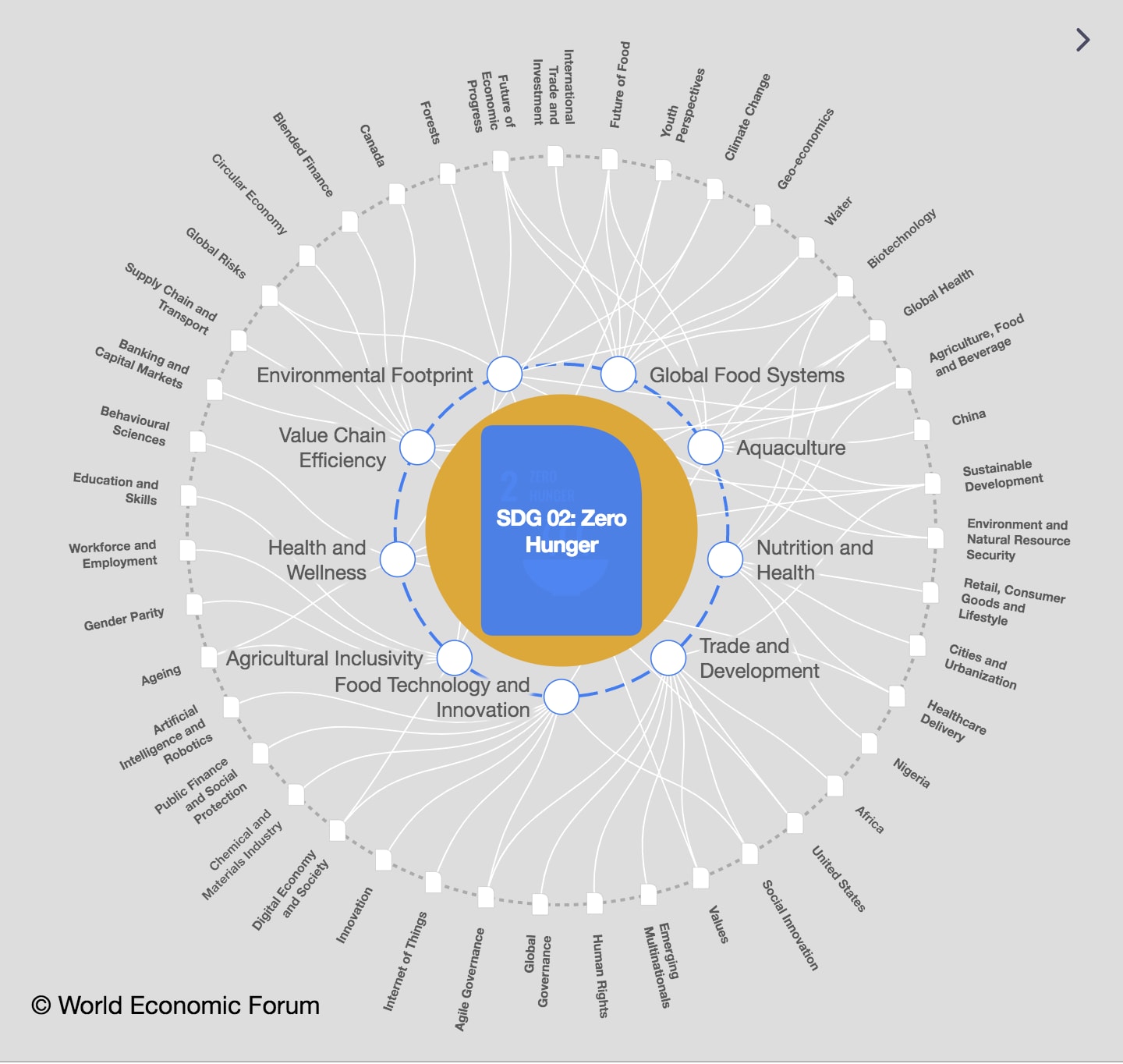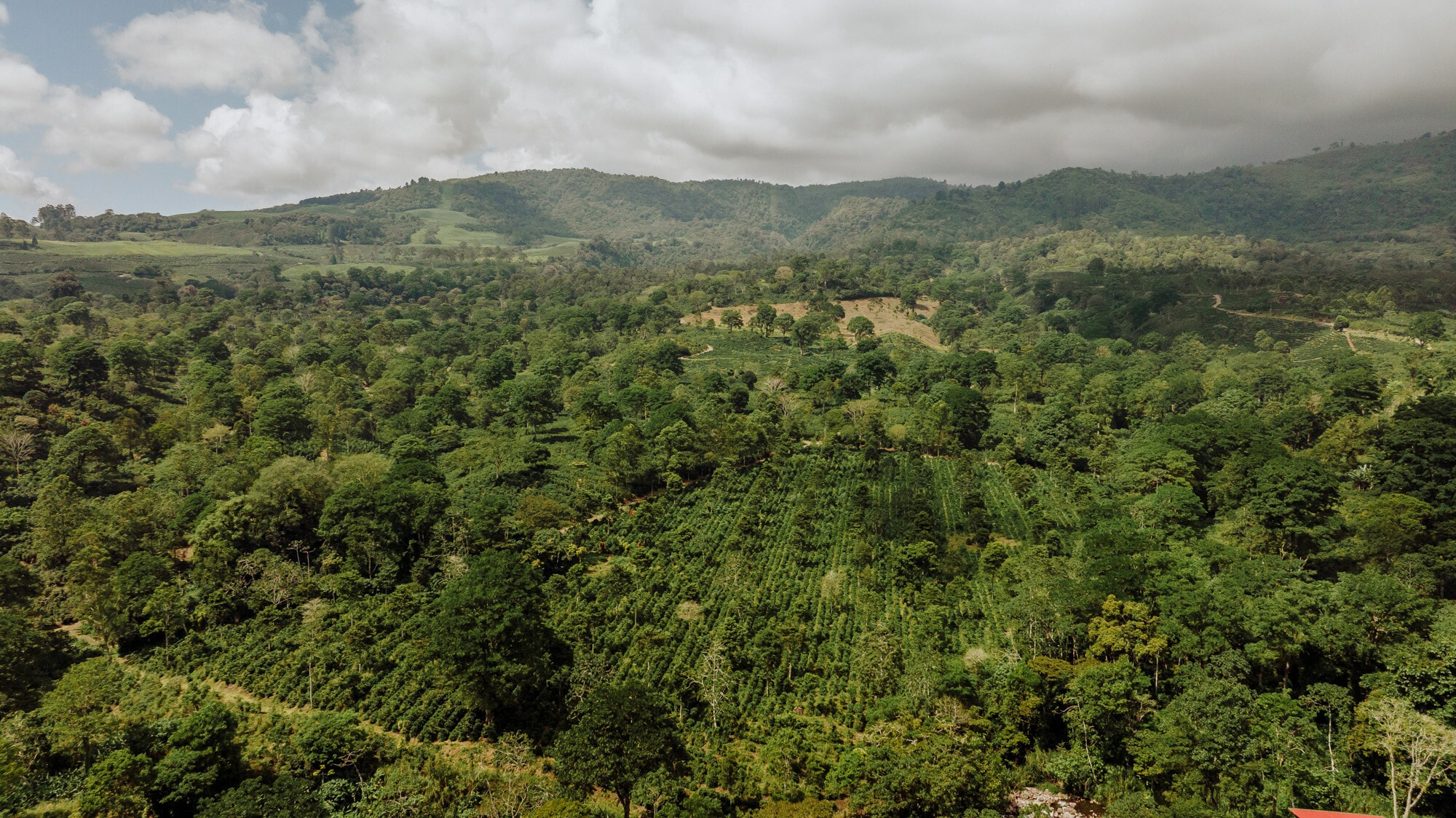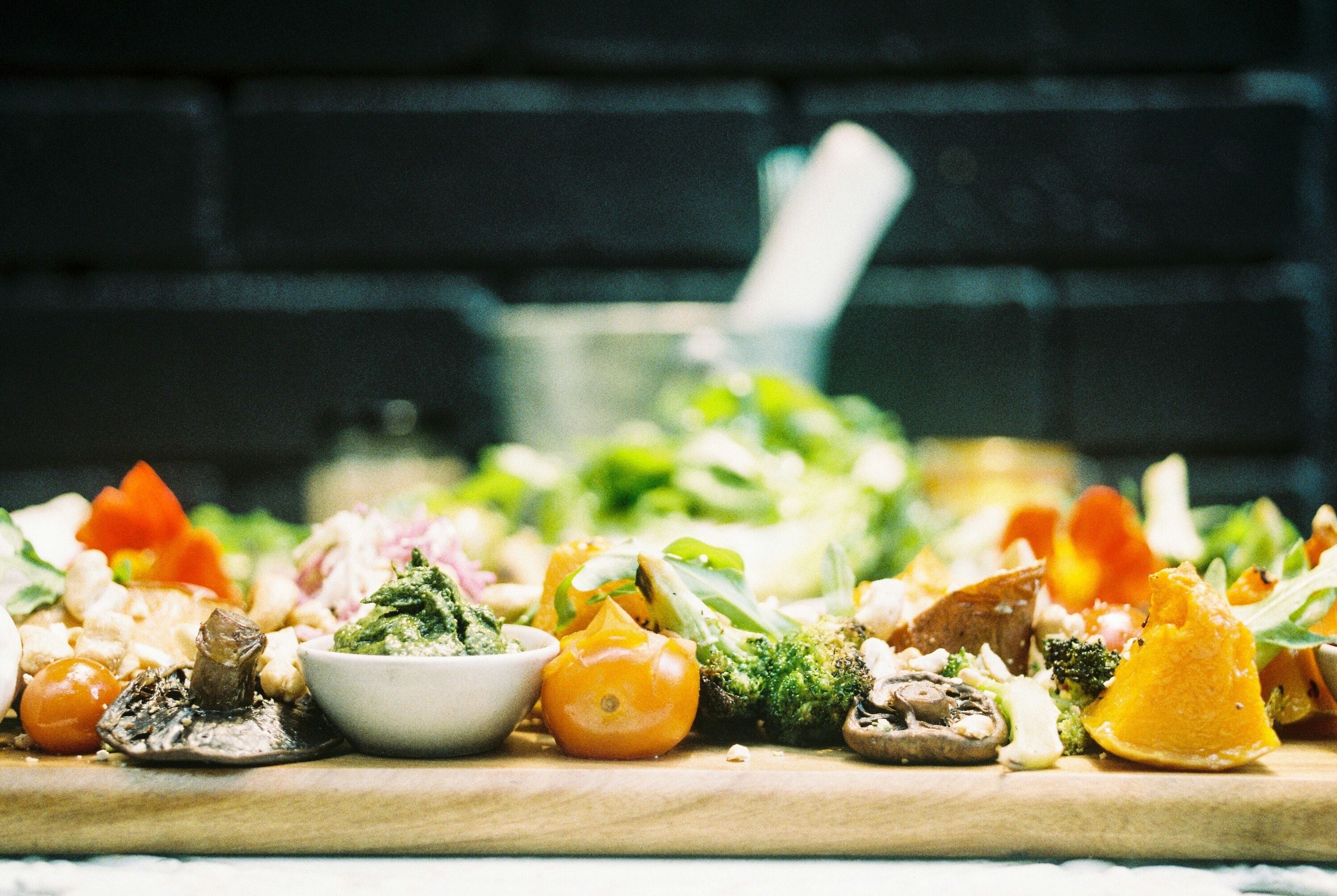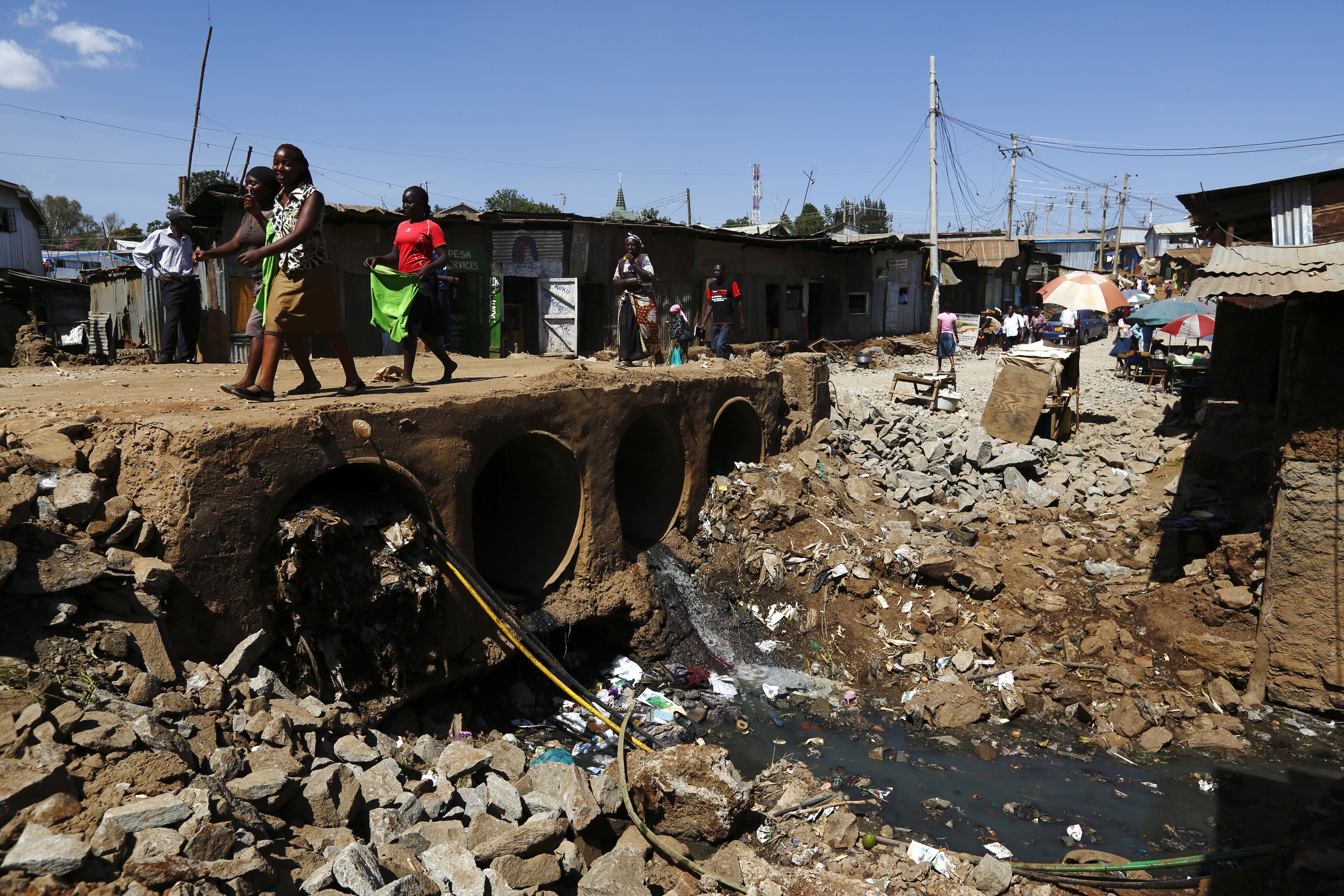On the brink of catastrophe, Somalia is calling out for humanitarian aid

Somalia is facing one of its worst food crises as it struggles with years of poor food production.
Image: Unsplash/Ismail Salad Osman Hajji dirir
Stay up to date:
SDG 02: Zero Hunger
Accept our marketing cookies to access this content.
These cookies are currently disabled in your browser.
- Somalia is on the brink of a catastrophic famine caused by three successive years of failed rains and rising temperatures due to climate change.
- Russia's war on Ukraine is also having a severe impact – wheat makes up two-thirds of Somalia's diet, and 90% of it comes from Russia and Ukraine.
- One million people are already in a pre-famine emergency, facing severe hunger and malnutrition.
- Aid strategies must be more decentralized and localized to bolster coping capacities and mitigate disastrous impacts.
Somalia is on the brink of catastrophe. A recent assessment suggests that 7.7 million Somalis need emergency aid right now, a similar number to those affected by the Ethiopian famine in 1984, one of the worst humanitarian disasters in history. About one million people died then.
The warnings have been coming for some time.
The immediate trigger for the likely famine is three successive years of failed rains leading to the worst drought in the Horn of Africa for four decades. Underlying that are rising temperatures from climate change. Compounding factors include longstanding political and social fractures, with decades of conflict and poor governance.
Somalia is also strongly affected by the Ukraine-Russia war. It gets 90% of its wheat from that region which makes up two-thirds of the Somalian diet. The prices of cooking oil, beans, rice and sugar have also doubled from the conflict’s secondary consequences: higher costs for fuel, transport and agricultural inputs like fertiliser.
Humanitarian agencies have appealed to donors for assistance. The UN has asked for US$1.46 billion. The International Red Cross Red Crescent requires a further US$14.2 million. This is much more than what Somalia’s received so far. By mid-2022, the UN appeal for Somalia had received US$280 million. With another US$208 million provided outside the appeal, Somalia has garnered overall a shade under US$0.5 billion in humanitarian funding.
As a humanitarian expert, I urge the international community not to be complacent. Extra humanitarian aid is vital to save lives and relieve suffering. The Somali government doesn’t have the capacity to support affected communities and personal coping strategies will be overwhelmed.
Somalia: world’s hungriest nation
Somalia has faced several food crises. The largest was in 1992. It killed 300,000 people but this was due mostly to sectarian politics that used food as a weapon of war. In the famine between 2010 and 2012, 260,000 people perished from severe drought.
Somalia’s population has more than doubled since the 1990s to reach 16 million now. A global methodology – estimating the severity of food crises based on measures of hunger, malnutrition and mortality – indicates that of the 7.7 million Somalis needing humanitarian support, at least four million are in need of urgent food assistance. Of these, one million are already in pre-famine emergency, making this potentially the worst crisis in Somalia’s recent history.
Even without famine, Somalia is the world’s hungriest nation, as defined by the Global Hunger Index. This is both a cause and a consequence of being the world’s second poorest nation. In 2020, the per capita gross national income (GNI) was US$420 compared to Ethiopia’s US$890 or Kenya’s US$1840.
Somalia is in this situation due to a combination of its long history of political instability, conflict, poor food production and now, progressive environmental shocks with weather extremes.
Somalis struggle to get enough to eat – 2,100 daily calories – and are forced to go for cheaper, energy-dense staples such as maize, sorghum, rice and wheat, with some oil. There is little fruit, vegetable, and meat consumption. This nutritionally poor diet sets the average household back by about US$7 a day, a fortune in a nation where two-thirds of the population survive on less than US$1.90 a day, the global extreme poverty line.
Even under usual circumstances, a fifth of Somali children are severely or moderately malnourished and more than 10% don’t reach their fifth birthday. If famine strikes, their fate will be dire.
Overwhelmed coping strategies
Somalia’s highly aid-dependent economy and limited institutional capacities have never been able to care fully for citizens, despite impressive development plans. And so, Somalis have had to become resourceful and resilient through their own coping strategies.
These include traditional mutual-help social protection mechanisms. And, most significantly, Somalis have historically coped through moving. A nomadic lifestyle meant a third of the population could shift when needed.
But an increase in the frequency and intensity of droughts have forced communities to move to more urban settlements. Condemned to survive in over-stretched camps where their basic needs aren’t met.
Many Somalis move further afield. An estimated two million Somalis seek opportunities outside their homeland. Their remittances home stand at about US$1.4 billion annually, equating to about 25% of Somalia’s GDP and outpacing foreign aid and investment. Pre-pandemic, at least a fifth of Somali households relied on some money coming from abroad.
During the pandemic, remittances tumbled by two-thirds but are now recovering. The greater threat to this lifeline for desperate families and communities is anti-terrorist money laundering restrictions imposed by Western countries in the aftermath of the 9/11 attacks. These make it more difficult and expensive to receive funds, and even humanitarian agencies have struggled in consequence.
Because the drought is so widespread, and affects so many, these precarious coping strategies are now under extreme pressure as famine threatens.
Humanitarian response and prospects for Somalia
Humanitarian aid is crucial.
Somalia usually gets about a billion dollars annually for all types of humanitarian assistance. Donors – principally the EU, UK, and US – who helped Somalia over decades have institutionalised their support to the point that it is more-or-less part of their routine aid budgets, including a gentle upward trend over recent years.
While there are concerns that numerous other crises – including additional demands from climate shocks, COVID recovery, and Ukraine war – will stretch donor budgets, Somalia hopes that it is less likely to suffer aid cuts.
That is because of a progressive trend among donors to focus their official assistance on fewer, poorer nations and to skew this towards greater humanitarian-type interventions at a time that disasters and conflicts are extracting greater human costs. Even here, donors prioritise contributions on geo-political rationales including risks to themselves arising from crisis and instability elsewhere.
Tragically for Somalia, it ticks all the criteria for being a priority aid recipient as it is among the world’s poorest and most crisis-prone countries. Also, by its location in a geo-politically sensitive geography, the instability of which worries rich Northern nations, because of the potential exportation of terrorism and migrants.
But these are no grounds for complacency. Humanitarian aid has never been enough to meet all life-saving needs. And currently, the gap between the aid that Somalia is likely to get and its sharply increased needs from the confluence of so many adverse factors, will get higher. That means increased suffering –- and greater malnourishment and mortality – in the months to come.
There are no easy solutions. But disastrous impacts can be better mitigated if aid strategies maximise their effectiveness and efficiency through more decentralised and localised approaches that bolster local coping capacities, and not just dump relief on Somalia.
It is also true that foreign aid –- at whatever level –- will not solve Somalia’s underlying and recurring problems. Only political and social change within Somalia can do that, whenever their people and leaders are ready and sufficiently organised and coherent to do so.
Accept our marketing cookies to access this content.
These cookies are currently disabled in your browser.
Don't miss any update on this topic
Create a free account and access your personalized content collection with our latest publications and analyses.
License and Republishing
World Economic Forum articles may be republished in accordance with the Creative Commons Attribution-NonCommercial-NoDerivatives 4.0 International Public License, and in accordance with our Terms of Use.
The views expressed in this article are those of the author alone and not the World Economic Forum.
Related topics:
Forum Stories newsletter
Bringing you weekly curated insights and analysis on the global issues that matter.
More on Food and WaterSee all
Juliana Jaramillo
September 8, 2025
Jean-Philippe Salcedo
August 29, 2025
Luna Atamian Hahn-Petersen and Silje Hansen Eeg
August 26, 2025
Ridwan Sorunke and Alyse Schrecongost
August 25, 2025
Tom Crowfoot
August 14, 2025






